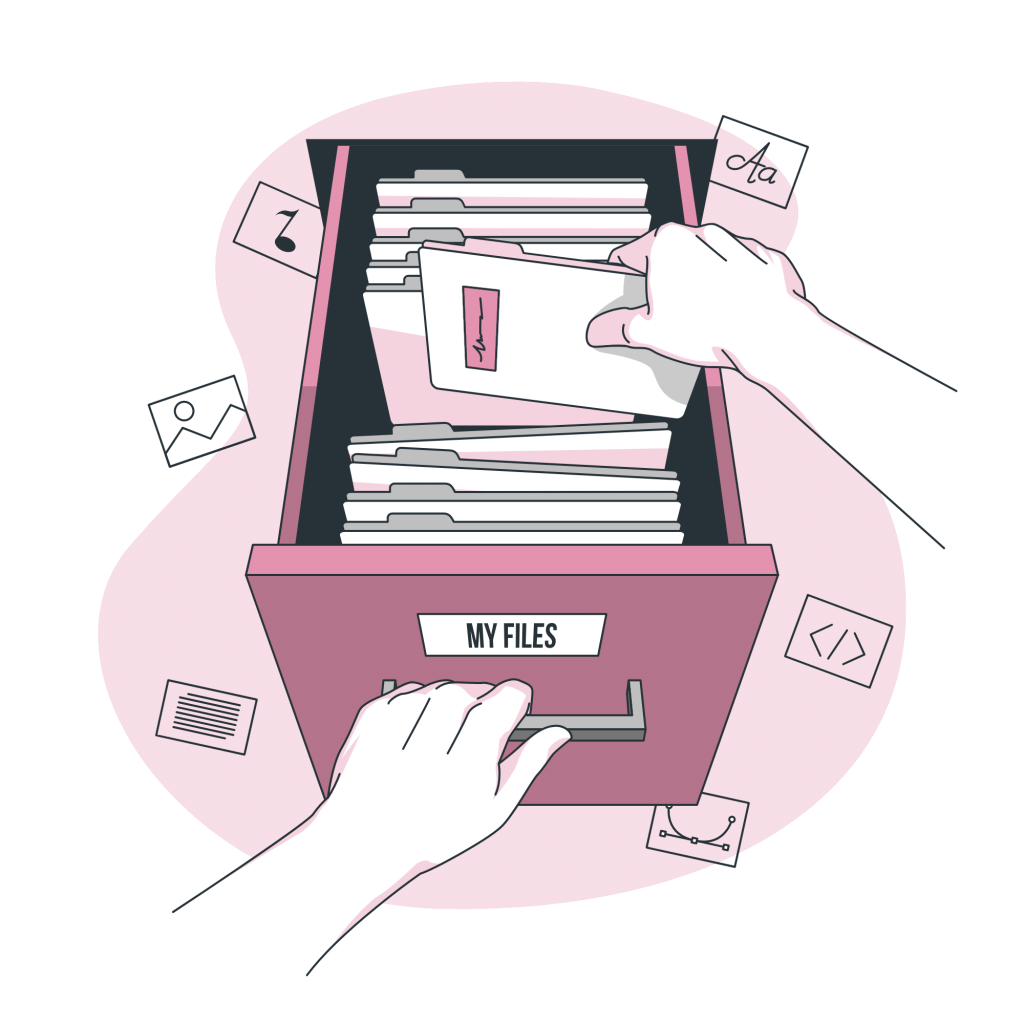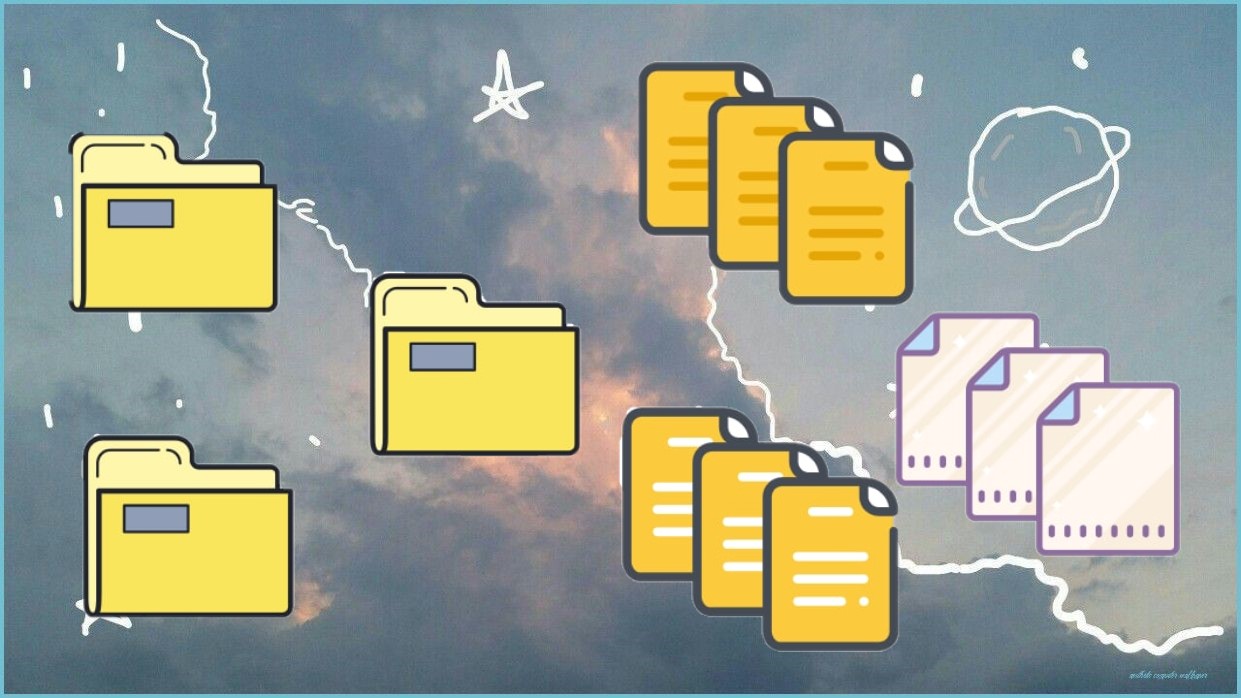A web taxonomy is a system that classifies things. It defines relationships and similarities between a set of descriptive terms and labels. A web page taxonomy creates a classification system for a website to improve user navigation and help visitors find the content they are looking for. This is possible because web taxonomy allows you to tag structured and unstructured content.
That is, a web taxonomy makes it easy to organize, arrange, reorganize, search, and distribute content in different ways. In fact, an average of 38% of web page visitors will leave if it design is poor. In conclusion, this makes it absolutely necessary for your site to be well organized.

Advantages
Offer related content to readers
You can organize your content by topic, type, videos, news, podcasts, etc. Thus, when an element appears, other related elements will also appear. There are many ways to organize your content and web taxonomy ensures that all your efforts will be worth it. The web taxonomy is very useful if you organize it by topic or videos to increase search capacity. It is a very powerful and impressive system for web pages as it helps to offer related content to readers.
Web taxonomy improves communication
A well-planned web taxonomy helps improve communication with your customers by packaging information in a way that aligns with what your users expect. This results in increased ROI through SEO searchability, customer interaction, commerce, content discovery, and online marketing.
Web taxonomy enhances the search experience
Web taxonomy also enhances the search experience. Leveraging keyword research is not enough to give your users what they are looking for. For example, to provide visitors with a search for computer services, you can use a web taxonomy that associates computer services with taxonomic nodes such as “used computers”, “new computers”, “computer repair” or “management services”. Doing this enhances the search experience so users can see other suggested options that might be of interest to them.
Web taxonomy connects users with their interests
Web taxonomy makes it easy for users to connect with their interests and preferences. For example, if a user is interested in a topic or news item on your web page, web taxonomy ensures that the user will have enough related content on your site.
Web taxonomy creates a density of concepts for robots
Robots understand the concepts of web pages by performing semantic analysis. This means that more consistent content concepts and relationships help bots understand how all content is related. A good example is search engine bots to find, index, and rank content. Making it easier for bots to crawl your site with a web taxonomy can also help increase the flow of crawling without SEO-related glitches. Therefore, index your content better and faster by using a web taxonomy that categorizes your content based on relevant keywords.
Web taxonomy creates ‘link juice’
Link juice refers to the SEO value of a hyperlink on a particular page of your website. According to Google, a good amount of quality hyperlinks (or simply ‘links’) are one of the most important factors in reaching the top positions in the Google search engine. That is, when your web page structure is well optimized for search, both users and search engine bots will easily access all related content within a subfolder on the site.
Check Text Classification IAB Taxonomy
The Content Taxonomy has evolved over time to provide publishers with a consistent and easy way to organize their website content. For example, to differentiate “sports” vs. “news” vs. “wellness” material. IAB Tech Lab’s Content Taxonomy specification provides additional utility for minimizing the risk that content categorization signals could generate sensitive data points about things like race, politics, religion, or other personal characteristics that could result in discrimination.
While the Content Taxonomy itself doesn’t constitute sensitive data – it simply categorizes page content, and does not on its own reveal information about a user –; there are few technical controls preventing taxonomy nodes from associating with individual IDs to build behavioral profiles over time based on content preferences.

Some frequently asked questions…
What this API receives and what your API provides (input/output)? Just pass the text that you want to categorize and you will be given its IAB taxonomy. Simple as that!
What are the most common uses cases of this API? This API is intended to help those companies with a large amount of data that needs to be sorted by category. Thus, you will be able to gather text by grouping it by category. Besides, ideal for marketing agencies that want to extract data online and want to categorize it as well. Also, helpful to classify sentences or slogans, you will be given the exact categorization in IAB standards.
Are there any limitations with your plans?
Besides API call limitations per month:
Testing Plan: 5 requests per second.
Basic: 10 requests per second.
Pro: 30 requests per second.
Pro+: 60 requests per second.

